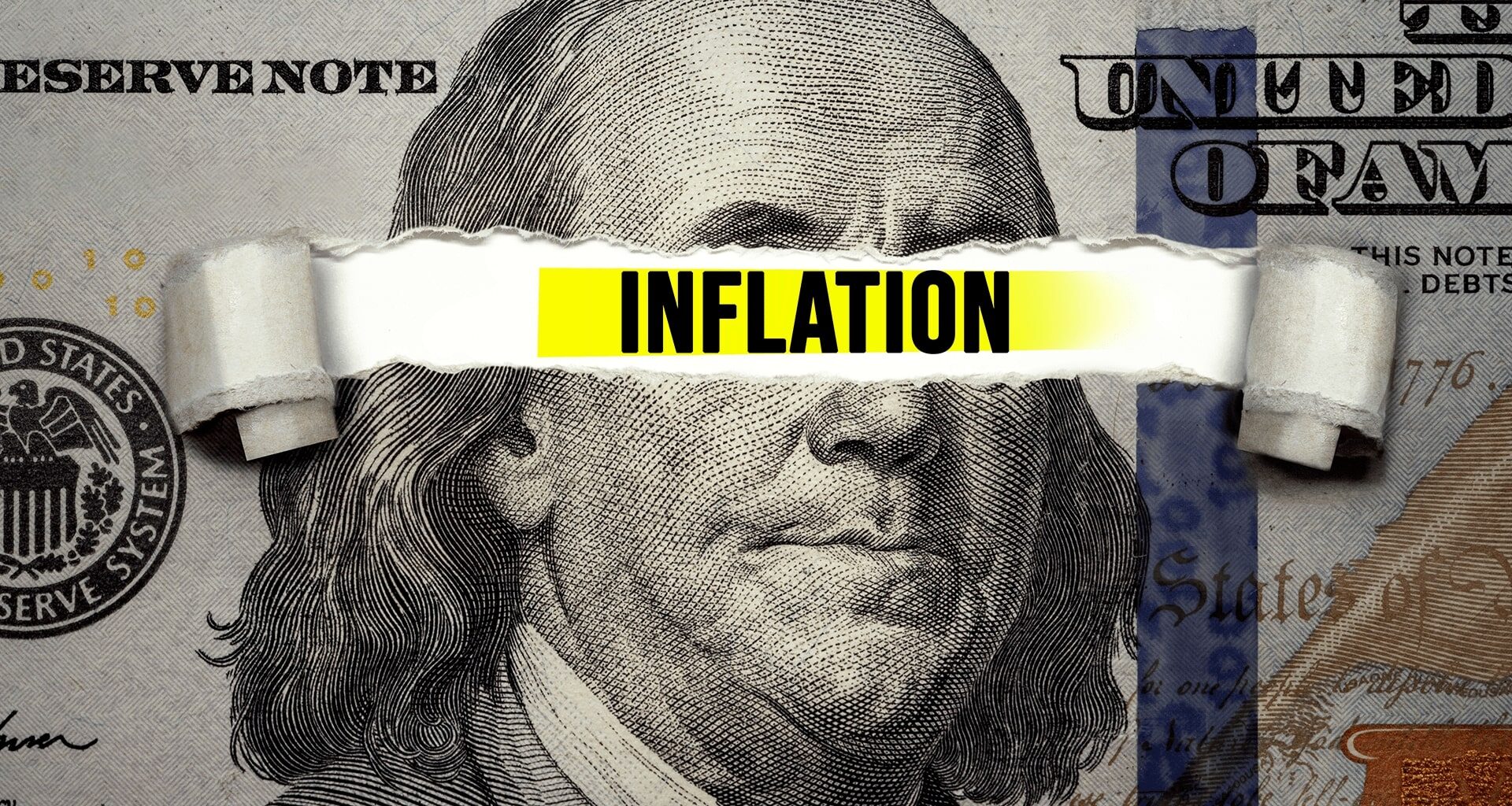Inflation is running hotter than expected. US inflation was +6.2% in October, the highest since 1991. In Europe and Asia, we are seeing a similar pattern too. Of the 500 companies in the S&P 500 stock index, 285 of them mentioned ‘inflation’ on their most recent earnings call, the highest since 2010 and indicative of rising inflation concerns.
The question of the moment for markets is: Will inflation be a persistent problem, or will the current bout of inflation ease?
This week, we outline the leading arguments in favour of structurally higher inflation and its implications. Next week, we make the opposing case for a return to low inflation.
The most convincing arguments for inflation remaining elevated are:
- Deglobalisation: the pandemic has disrupted global supply chains to such an extent that the world’s major importers will relocate production closer to home, an expensive process which will raise consumer prices.
- Energy costs: ESG and political pressure has restricted access to capital for the fossil fuel industry, reducing supply and raising energy prices. Alternative energy sources are not ready to take up the slack, resulting in structurally higher energy input costs.
- Demographics: The pandemic accelerated retirements in the boomer generation and has permanently pushed others out of the labour force. This means a smaller workforce, greater bargaining power of labour, and consistent wage increases. Wage push inflation drove the inflationary malaise of the 1970s in the US, something we could now repeat.
- Politics: There is no political capital in avoiding inflation (in the short-term) which has not been a problem for voters in the US or Europe for decades. Unprecedented pandemic-induced stimulus has now normalised extreme monetary and fiscal policy, opening the door to ever more inflationary stimulus measures to meet political aims.
A confluence of these four issues would undoubtedly mean structurally higher inflation. This would hit the bond market hardest, which continues to price in low future inflation. For equity markets, this would create a divergence between the ‘inflation winners’ and ‘inflation losers.’ Inflation winners will be companies with strong pricing power, those who supply or own in-demand physical assets, companies with less exposure to input cost inflation, and businesses whose products / services can automate labour functions.
Do we think the above will come to pass? Dominion’s view is that, so far at least, only point ii (structurally higher energy costs) appears to be playing out. We are yet to see convincing evidence of deglobalisation, a structurally smaller labour force, or serious political will to inflate the economy ad infinitum. This could, of course, change and we advise investors to follow these issues closely. We certainly will be.
Next week, we’ll assess the case for a return to low and stable inflation.
Disclaimer: The views expressed in this article are those of the author at the date of publication and not necessarily those of Dominion Capital Strategies Limited or its related companies. The content of this article is not intended as investment advice and will not be updated after publication. Images, video, quotations from literature and any such material which may be subject to copyright is reproduced in whole or in part in this article on the basis of Fair use as applied to news reporting and journalistic comment on events.


